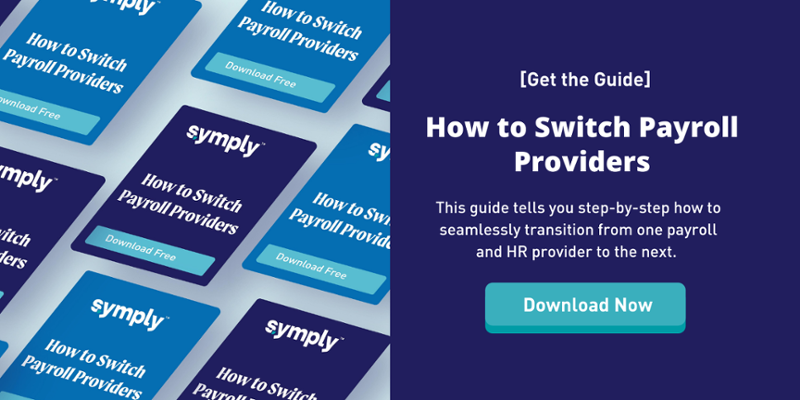HR News & Education
Check out the latest news and resources for small businesses covering topics such as human resources, employee engagement, and management.
What Pay Schedule is Best for Your Business

Any business decision you make requires thought and strategy and choosing a pay schedule is no different. It is not as simple as picking the familiar semi-monthly pay schedule - on the 1st and the 15th of the month. There are a few ways your business can structure its payroll schedule and like other business decisions, it is dependent on the business's needs and the type of workers you employ.
In addition to choosing a payroll schedule that best suits the needs of your business you also want to keep in mind the needs of your employees. You want to be able to pay your employees frequently enough for them to be able to plan for their future while having financial stability.
Let's take a look at the different pay schedules practiced today and how they compare. With some insight, you’ll be able to determine the best schedule for your business and team.
Common Pay Schedules:
- Monthly
- Semimonthly
- Biweekly
- Weekly
Like most things, there are advantages and disadvantages to each pay schedule and the challenge lies in figuring out which schedule has the biggest benefits for the business and its employees. The most common pay schedules in our workforce are, semi-monthly, biweekly, and weekly. The United States Department of Labor has a minimum pay period, per state, that you can reference to make sure you are meeting the pay frequency requirements for your state.
Monthly— 12 paychecks per year
Uncommon and unfamiliar to most, monthly payroll schedules happen once a month and often at the end of the month. This is one of the least desired pay frequencies out there, and if you are wondering why, well for most of us, going without a paycheck for 30 days is just not reasonable. Getting an entire month's earnings at the beginning of the month could result in amateur spending if your employees don’t know how to manage their finances properly.
Semimonthly— 24 paychecks per year
Unlike monthly payroll, semimonthly means you run your payroll twice a month, usually at the beginning and again mid-month (1st and the 15th) or mid-month and the end of the month (15th and the 30th). This is often the most chosen pay frequency that makes your accounting department's life easy and benefit deductions run smoothly.
The downside is, it's not as consistent as some other options and it requires you to adapt to the changes in days. Employees won’t always get their paycheck on the same day or week every time which can financially worry an employee. In addition, when a payday falls on a Monday, Sunday, or even a holiday, the employer (typically) pays their employees on the weekday that comes before that date so staying on top of it could be a little bit of extra work for your team.
Biweekly — 26 paychecks per year
Similar to semimonthly and suitable for hourly and salaried employees, biweekly pay frequencies happen every two weeks - usually on every other Friday. This is the most consistent and reliable payroll that happens on the same day, every other week. If you’ve done the math, you might be wondering how can squeeze 26 pay periods into 52 weeks (12 months). Well, since not every single month always has 4 weeks there are two additional pay periods in a year.
Even though this gives employees a predictable paycheck, it isn’t always the best option for your business. Based on how your organization works, you’ll want to ask your accounting department how it would affect them and their monthly reporting and how it will work when most benefit deductions are paid in their entirety at the beginning of the month.
Weekly— 52 paychecks per year
Weekly payroll runs aren’t completely out of the ordinary, if you have a smaller business with hourly employees this might be something you want to consider. Weekly payroll from an employee's perspective is highly desired because it is constant cash flow. However, from a business perspective, it can be costly since most payroll solutions charge you each time you run payroll. You also must consider the time it will take to process payroll each time, especially if there are payroll accruals and you have employees that work overtime.
When it comes to making your decision make sure you take the following in mind:
- Industry
- Employee Count
- Hourly VS Salary Employees
- State-Specific Requirements
There is no specific payroll schedule that works for all organizations. How frequently you process payroll comes down to assessing the needs of your employees, the requirements of your state, and the needs and goals of your business.

